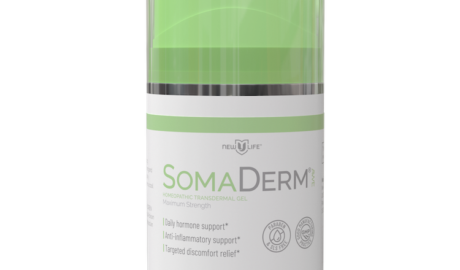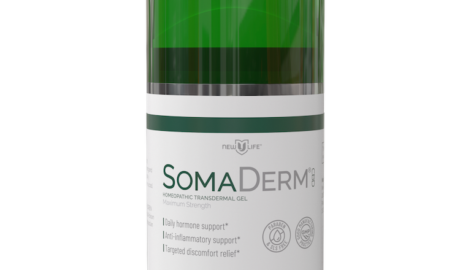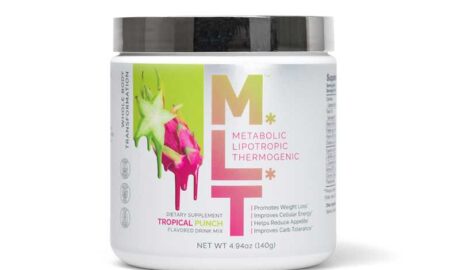U.S. Sen. Bernie Sanders (I-VT) speaks about prescription drug costs during an event at NHTI Concord Community College in Concord, New Hampshire, U.S., October 22, 2024. Elizabeth Frantz | Reuters
Most Medicare patients who hit the new $2,000 cap on out-of-pocket spending for prescription drugs could see massive savings, despite changes in premiums, according to a report released Thursday by AARP.
The findings suggest the cap could be a huge benefit to older adults in Medicare who struggle to afford high-cost drugs for cancer, rheumatoid arthritis and other serious conditions. Those seniors and other U.S. patients pay two to three times more for prescription drugs than people in other developed nations.
The limit went into effect at the beginning of this year. It is one of the most consequential provisions in President Joe Biden’s 2022 Inflation Reduction Act, designed to cut high drug costs — along with a new $35 monthly cap on insulin and Medicare drug price negotiations with manufacturers.
The report found that 94% of the more than 1 million enrollees in Medicare Part D expected to reach the new cap in 2025 will have lower out-of-pocket costs — including premiums and cost-sharing — and save an average of $2,474. That’s a 48% decrease on average in their total out-of-pocket costs, according to the report, which analyzed plan enrollment and premium data, among other information.
That 1 million tally excludes Medicare beneficiaries who receive a certain low-income subsidy and those in employer waiver plans.
An estimated 62% of those 1 million enrollees will save an average of more than $1,000 in 2025, while 12% will save more than $5,000, the report said. The remaining 6% of Part D enrollees who are projected to reach the new cap are expected to have higher out-of-pocket costs, with an average of $268 in additional spending in 2025, the report said.
Notably, the share of Part D enrollees expected to reach the cap and have lower total out-of-pocket costs in 2025 is estimated to be 95% or higher in 33 states and Washington, D.C.
“When you’re able to provide these types of savings, that frees up those funds for other really important things that maybe [patients] were having to make trade-offs for, paying for their food or paying for their rent,” Leigh Purvis, prescription drug policy principal at AARP, said in an interview. “It’s a really meaningful impact, especially for a population that’s on a fixed income.”
She added that the median income of Medicare beneficiaries is around $36,000 a year.
Those savings come despite changes to Part D premiums in 2025, AARP said. Purvis said the new prices for the first 10 medications selected for Medicare negotiations — and the lower costs expected from them — do not go into effect until 2026, so premiums have increased in some cases.
She said critics have been trying to blame the law for those premium increases and higher costs for Medicare enrollees overall. But the report said the lower out-of-pocket costs for most patients who reach the $2,000 cap will more than offset higher premiums.
The positive effect “will only grow larger” as new negotiated prices for the first round of drugs go into effect in 2026, according to the report.
“The Medicare program is going to be saving a lot of money, so this is really a story that is much bigger than it appears, just because these savings go to a lot of different people in a lot of different ways,” Purvis said.
A separate report from AARP found that 3.2 million Medicare recipients are expected to see savings from the out-of-pocket cap in 2025. By 2029, the number is expected to increase to 4.1 million enrollees.
Medicare covers about 66 million people in the U.S., and 50.5 million patients are enrolled in Part D plans, according to 2023 data from health policy research organization KFF.
The new price cap applies to all prescription drugs under Medicare Part D, but doesn’t include drugs given to patients in the hospital or other health-care settings such as anesthesia and chemotherapy.
Before the change, people on Medicare typically had to spend $7,000 or more out of pocket on prescription medications before they qualified for so-called “catastrophic coverage,” when insurance kicks in and covers most of the drug’s cost.
Under this coverage, patients are charged a small co-payment or a percentage of a drug’s cost, usually 5%.






